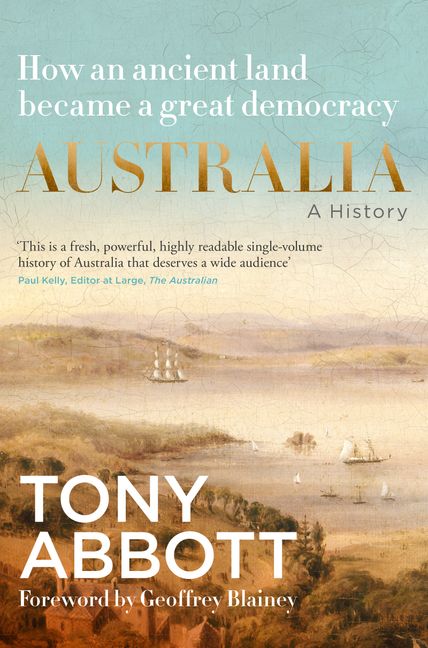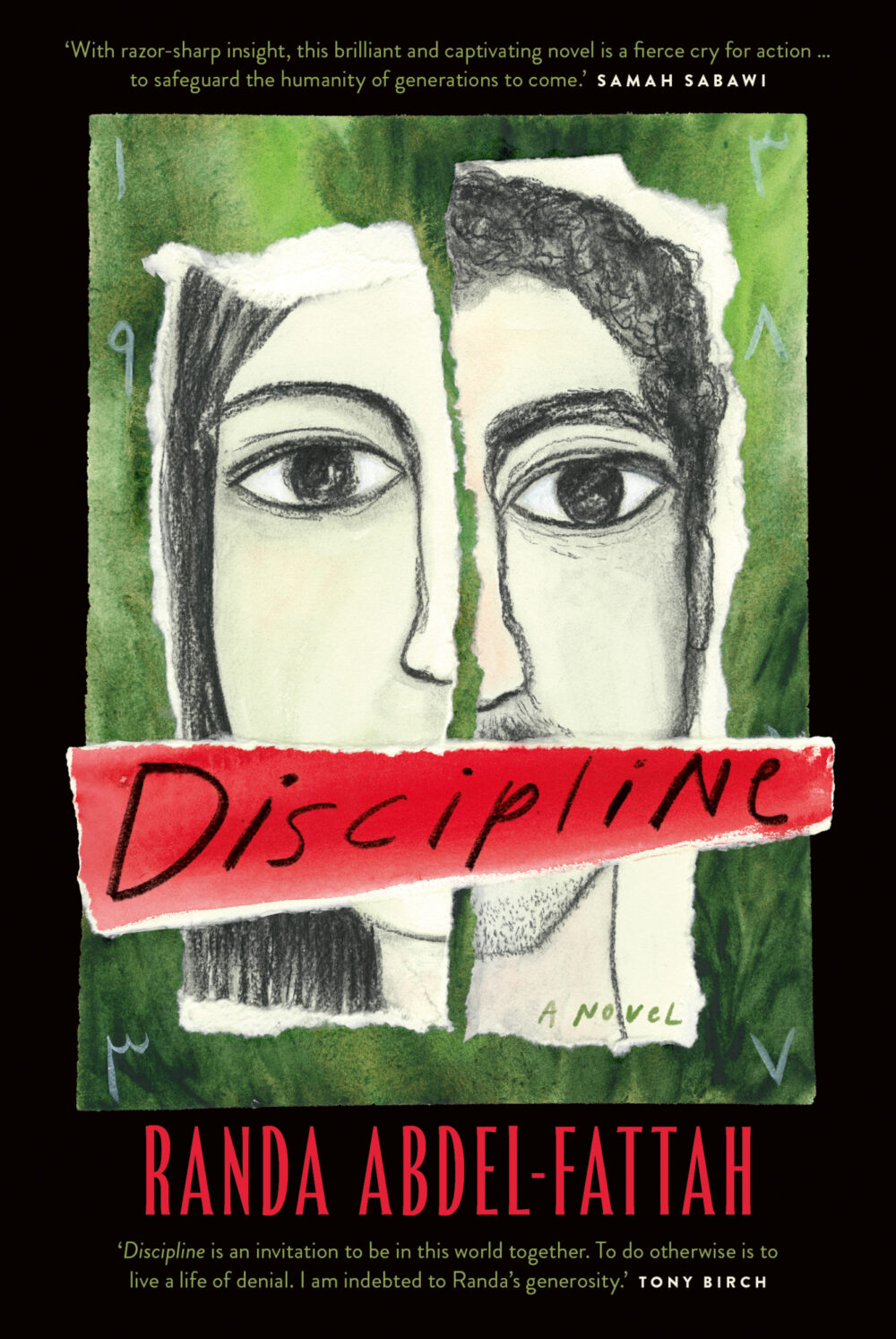Il Trittico

This year marks the centenary of Giacomo Puccini’s sudden death in Brussels while being treated for throat cancer. He was the most famous and celebrated living opera composer. However, Puccini’s posthumous reputation suffered in the latter half of the twentieth century; an infamous comment by renowned musicologist Joseph Kerman in 1952 describing Tosca as ‘a shabby little shocker’, was representative of much of academia’s attitude during this time. Puccini’s operas never lost their immense popularity, and recent decades have seen a profound reappraisal of Puccini’s genius as a musical dramatist.
Continue reading for only $10 per month. Subscribe and gain full access to Australian Book Review. Already a subscriber? Sign in. If you need assistance, feel free to contact us.











Comment (1)
Leave a comment
If you are an ABR subscriber, you will need to sign in to post a comment.
If you have forgotten your sign in details, or if you receive an error message when trying to submit your comment, please email your comment (and the name of the article to which it relates) to ABR Comments. We will review your comment and, subject to approval, we will post it under your name.
Please note that all comments must be approved by ABR and comply with our Terms & Conditions.